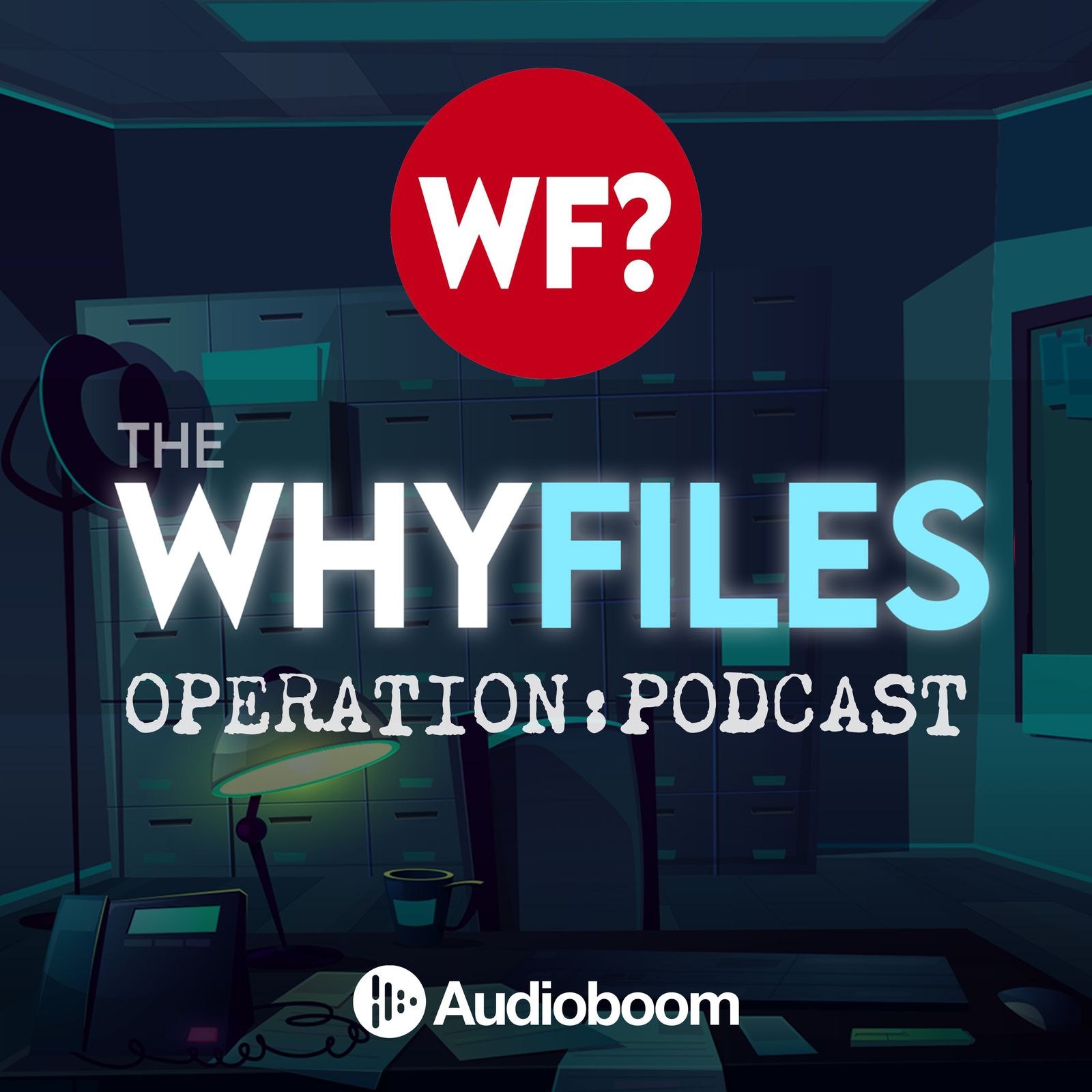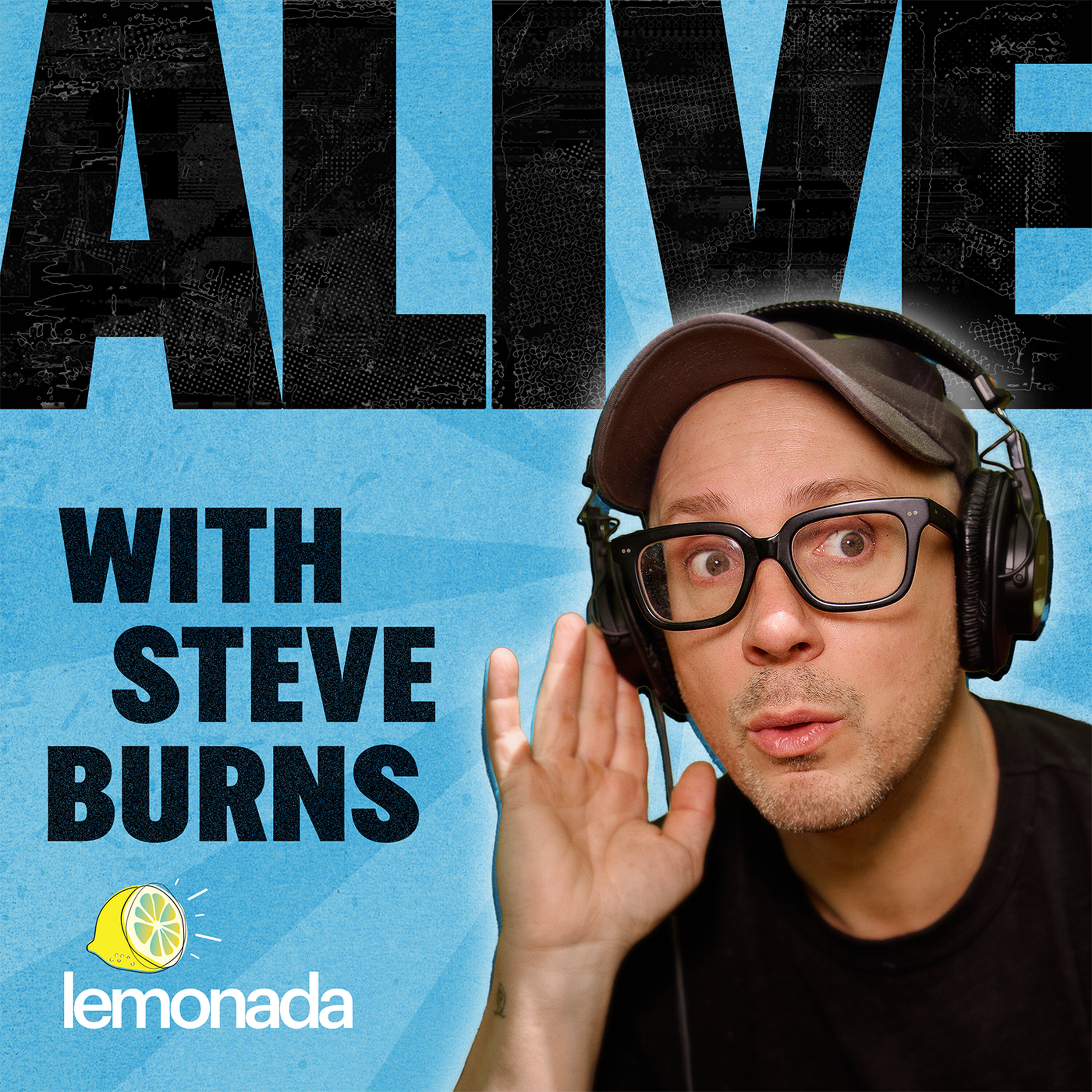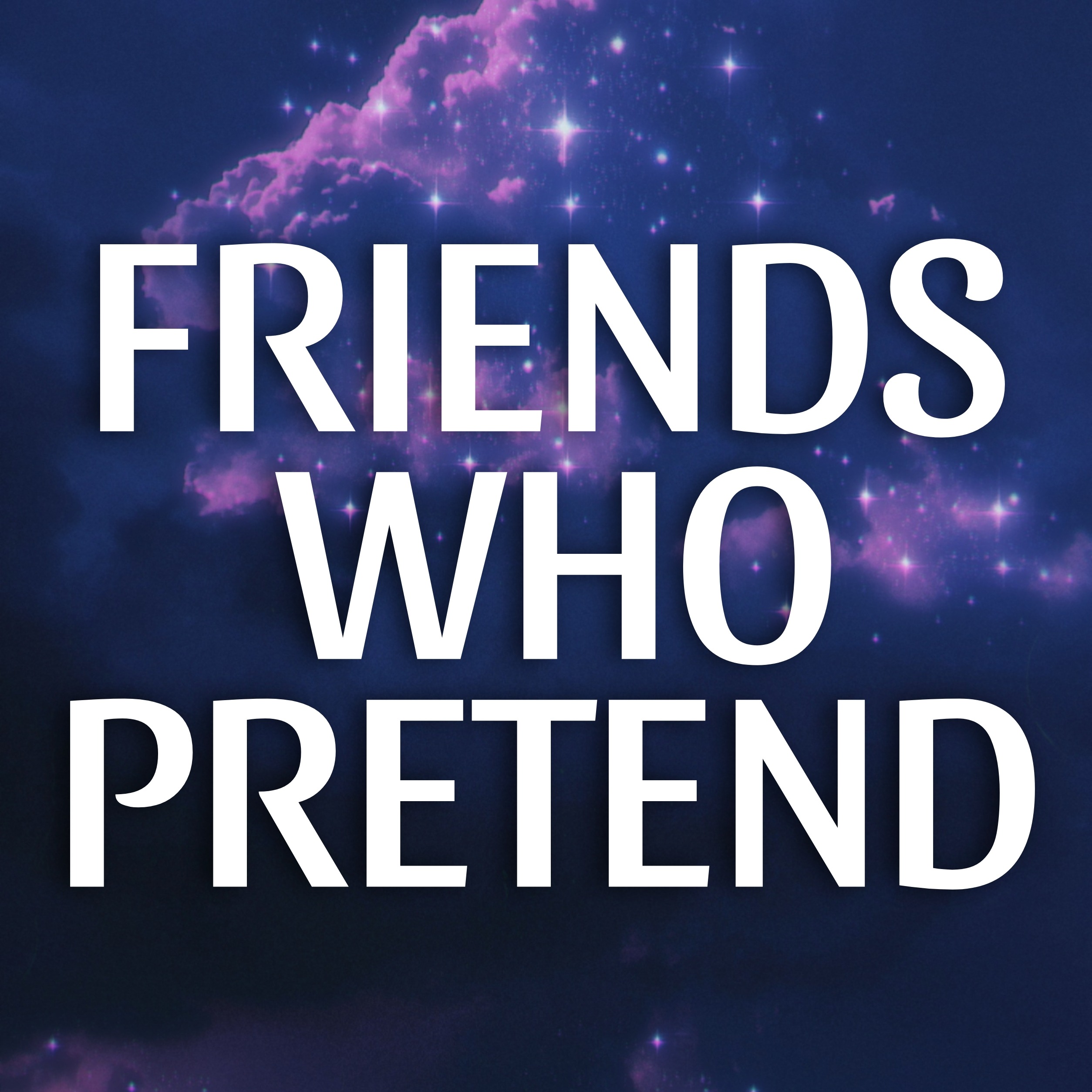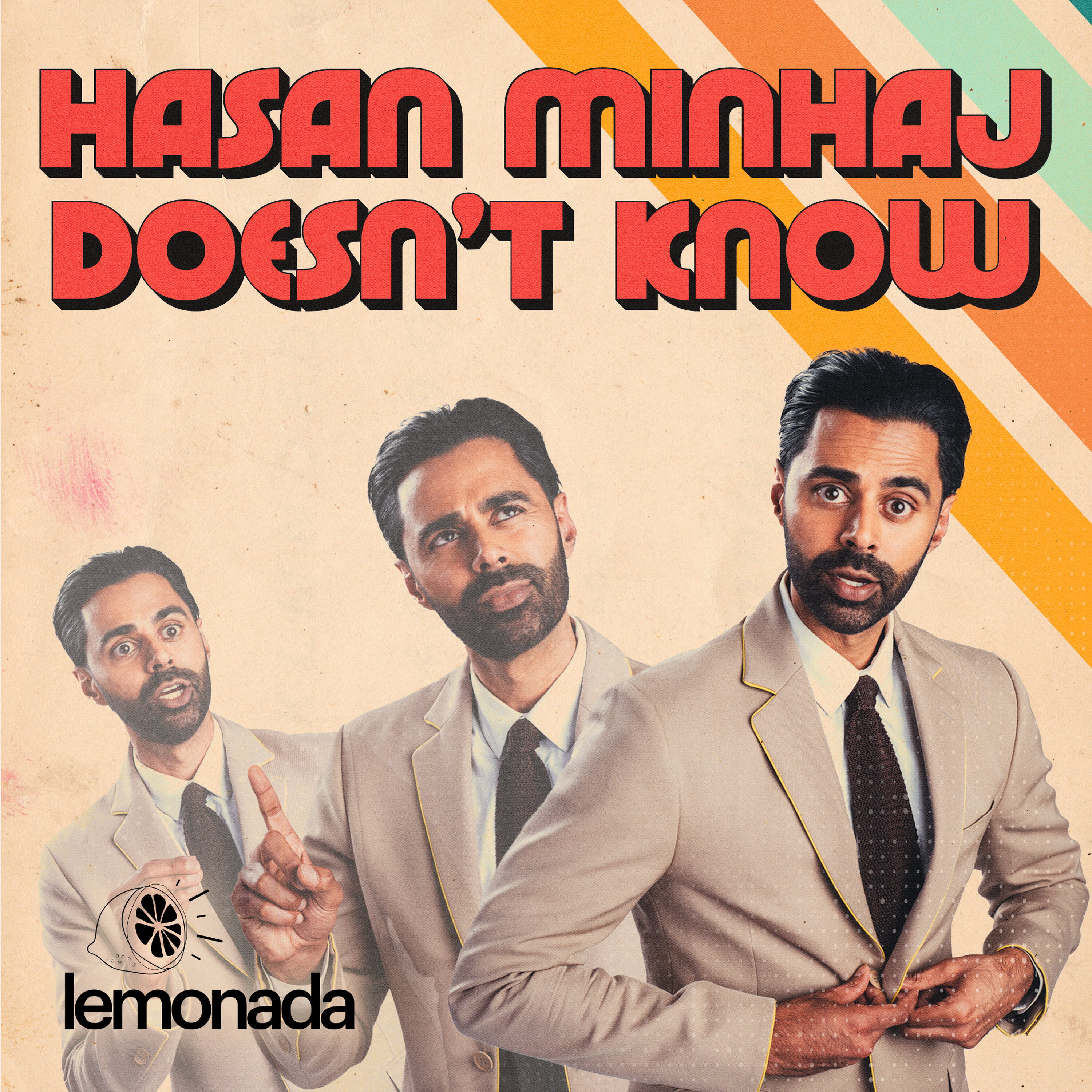
Fully Modulated
Fully Modulated is your backstage pass to the stories and signals that shaped radio, TV, and wireless communication. Join Tyler, a broadcast engineer, as he uncovers the wild moments, quirky legends, and technical breakthroughs that keep the world connected. From vintage radio hacks to the real drama behind today’s digital waves, each episode blends deep research, humor, and storytelling for anyone curious about how media magic happens. Independent, insightful, and made for every fan who loves a good broadcast mystery.
Fully Modulated
HD Radio: Why America's $3 Billion Digital Radio Revolution Failed Completely
Ever wondered why HD Radio never took off despite being technically superior to regular FM? This might be the most tragic story in broadcasting history - a technology that had everything going for it but still managed to fail spectacularly.
In this episode, we explore how HD Radio went from revolutionary promise to comprehensive disaster. We'll cover the brilliant engineering behind OFDM technology, why it cost stations up to $200,000 to upgrade, and how the "digital cliff effect" made listening unbearable. Plus, we'll talk about the perfect storm of competition from iPods, satellite radio, and streaming that killed HD Radio's chances.
From the early success of in-band on-channel broadcasting to Wisconsin Public Radio shutting down their HD operations, this is the story of how superior technology couldn't overcome bad timing, economic barriers, and devastating market forces.
Topics covered:
- The ingenious OFDM technology that made it possible
- Why the chicken-and-egg adoption problem doomed HD Radio
- Technical disasters: digital cliff effect and coverage problems
- The $3 billion investment that went nowhere
- How 58% of cars have HD Radio but nobody knows it
- Why major manufacturers abandoned the technology
Send me a text message with your thoughts, questions, or feedback
Visible Wireless by Verizon
Same Verizon coverage, way cheaper bills. No contracts or hidden fees. $20 off for both of us.
If you enjoyed the show, be sure to follow Fully Modulated and leave a rating and review on Apple Podcasts or your favorite podcast app—it really helps more people discover the show.
Fully Modulated is not affiliated with or endorsed by any station, media company, or network. All opinions are solely my own.
HD Radio: The Digital Revolution That Almost Was - Full Transcript
Hey everyone, welcome back to Fully Modulated. I'm Tyler, and just a quick reminder - I'm not connected to any radio stations or broadcasting companies. This is just me, digging into the fascinating world of radio technology and sharing what I find.
Today we're talking about HD Radio - and honestly, this might be the most tragic story I've covered yet. Because HD Radio had everything going for it. Industry backing, government approval, real technical innovation, and a genuine solution to analog radio's problems. But somehow, it turned into one of the most spectacular failures in broadcasting history.
So here's what was happening. It's 1990, and the radio industry is watching Europe roll out something called DAB - Digital Audio Broadcasting. Crystal clear sound, no static, multiple channels per frequency. The American broadcasters are looking at this and thinking, "We want that." But here's where the American approach gets interesting - instead of doing what Europe did and asking for completely new spectrum, some really smart people had a different idea.
Three major broadcast companies - CBS, Gannett, and Westinghouse - got together in 1991 and formed something called USA Digital Radio. And their big idea? What if we could squeeze digital signals into the same frequencies we're already using for analog radio?
Paul Donahue from Gannett came up with this term "IBOC" - In-Band On-Channel. Basically, instead of needing new spectrum like Europe, we'd transmit both analog and digital signals on the same frequency at the same time. Sounds impossible, right? But they figured out how to do it.
The first successful test happened on July 9th, 1992. Barry Carlin's team got an AM IBOC system working in Cincinnati on 1660 AM. And just a few months later, September 29th, they pulled off the first FM demonstration at WILL-FM in Illinois.
The technology behind this is actually mind-blowing when you dig into it. They're using something called OFDM - Orthogonal Frequency Division Multiplexing. Don't worry about the name, but here's how it works - they take your normal FM signal, and they surround it with over a thousand tiny digital carriers, each one carrying a piece of the digital signal. It's like having a thousand little messengers all working together to deliver one big message.
On FM, these digital signals live in the spaces just outside where your analog signal sits - kind of like digital sidebands. And here's the really clever part - they start at just 1% of the power of the analog signal. So your old radio doesn't even notice they're there, but HD radios can pick them up and decode them.
So by the late 90s, they had this working technology. USA Digital Radio filed their petition with the FCC in October 1998, and then something interesting happened. In 2000, they merged with another digital radio company called Lucent Digital Radio, and together they formed iBiquity Digital Corporation.
The FCC had to pick a winner. They tested different systems, evaluated the technology, and on October 11th, 2002 - boom. They chose iBiquity's system as the official digital radio standard for the United States. HD Radio was born.
But here's where our story takes a dark turn. Because unlike digital TV, which the government mandated, HD Radio was completely voluntary. Stations could choose to upgrade or not. Consumers could buy HD radios or not. And that created this chicken-and-egg problem that would ultimately doom the technology.
Here's the thing from a broadcaster's perspective. You're looking at spending $100,000 to $200,000 to upgrade your station to HD Radio. Plus you're paying annual fees to iBiquity - 3% of any revenue from your additional channels, plus minimum annual fees. But how many people have HD radios to actually hear your improved signal?
Wisconsin Public Radio's Director Mike Crane put it perfectly: "We really did have high hopes, but continuing to maintain a service that wasn't providing real service just wasn't sustainable." They shut down most of their HD Radio operations - any channels they kept are just feeding translators. Now, I should mention that I work for a WPR partner organization, but they're not looking over this script and this podcast isn't affiliated with them at all - this is just my take on the HD Radio story.
And from the consumer side - why buy an HD radio when there's not that much HD content out there yet? Early HD Radio receivers cost $300 or more compared to $10-$50 for analog radios. That's a huge premium for a technology most people had never even heard of.
But the real problems went way deeper than just economics. See, the technology that sounded so amazing on paper had some serious issues in the real world.
Remember how I said the digital signal runs at just 1% of the analog power? Well, that means HD Radio only reaches about 60 to 80% of the coverage area of the analog signal. NPR did studies and found that HD Radio reached "little more than one-third as many indoor listeners" compared to analog signals.
And here's the kicker - when you're on the edge of HD Radio coverage, the system doesn't gradually fade like analog radio. Instead, you get what's called a "digital cliff effect." One second you're hearing crystal clear audio, the next second - complete silence. Then it switches back to analog, and you hear this jarring pop and volume change.
Consumer Reports tested this stuff extensively, and they found that during these transitions between analog and digital, you'd get "audible pops, volume changes, and timing discontinuities." Not exactly the seamless experience they promised.
But wait, it gets worse. The "CD-quality" audio that HD Radio promised? That was... generous. The HDC codec they used compressed audio down to just 40-60 kbps for AM and 96-150 kbps for FM. Actual CD quality is 1,411 kbps. When stations started adding HD2 and HD3 channels, the audio quality got compressed even further - down to 32-48 kbps per channel. That's worse than early MP3s.
And the power consumption was insane. HD Radio receivers used about 8 times more battery power than analog radios. This was 2002, right when the iPod was taking off, and here's HD Radio making portable devices impossible because they'd drain your batteries in a couple of hours.
The marketing was a disaster too. The HD Radio Alliance - that's the industry group promoting the technology - ran these confusing campaigns that actually drew attention to radio's problems instead of promoting the benefits. Industry expert Fred Jacobs said their commercials were "drawing even more attention to radio's shortcomings."
And the "HD" name? Total confusion. People expected high-definition video like HDTV. Instead they got marginally better audio with a bunch of technical problems.
Radio World did this investigation in 2007 where they visited 8 major electronics stores looking for HD Radio receivers. They found exactly 4 receivers total across all those stores. Two of them were missing the HD modules and couldn't even demonstrate the technology. Meanwhile, satellite radio had prominent displays and promotional materials everywhere.
The timing couldn't have been worse. HD Radio launched in 2002, right into the perfect storm of the digital music revolution. The iPod had launched in 2001 with space for 1,000 songs. Satellite radio was spending billions on exclusive content like Howard Stern. Internet streaming was starting to take off.
Here's HD Radio offering modest improvements over analog FM, while everyone else is offering unlimited content, personalization, and mobility.
By 2008, satellite radio was in 60% of new cars. HD Radio? Still struggling with inconsistent automotive integration. Some car companies included it, others didn't. Even when they did, it was often buried in menus and poorly implemented.
And here's something that really shows how the industry felt about HD Radio - major receiver manufacturers started bailing out. Microsoft discontinued the Zune HD after just 2 years. Sony dropped their home HD Radio models due to overheating problems. Denon, Marantz, and Yamaha all stopped making HD Radio receivers about five years after they started.
By 2009, only 1,867 out of 15,445 US radio stations were broadcasting HD Radio signals. That's about 12%. After more than two decades, consumer adoption is still under 15%.
But the really tragic part is seeing actual stations give up on the technology they'd invested so much in. WLTJ in Pittsburgh completely shut down all their HD Radio operations - HD1 through HD4 - with no explanation to listeners who had bought receivers specifically for their programming. Wisconsin Public Radio, Oregon Public Broadcasting - they all eventually ended their HD Radio services.
A user on RadioDiscussions probably summed it up best: "Given the interference, the lousy coverage, the artifacts, the staggering operating costs, and the lack of receivers, it's deader than disco."
But here's the twist in our story - HD Radio didn't completely die. It found a lifeline in an unexpected place: cars.
See, while HD Radio failed miserably in the consumer electronics market, automotive manufacturers started including it as a standard feature. Not because consumers were demanding it, but because it was another checkbox feature they could add cheaply to their infotainment systems.
Today, about 58% of new cars in North America come with HD Radio capability. There are over 115 million vehicles worldwide with HD Radio receivers. But here's the crazy part - most people don't even know they have it. They're driving around with this technology in their dashboard, never discovering that if they just pressed a button, they could get slightly better sound quality and access to additional channels.
And that might be the most tragic part of the HD Radio story. It's a technology that had genuine benefits - better audio quality, additional programming channels, no static or interference when it worked properly. But it was introduced at exactly the wrong time, with exactly the wrong business model, solving problems that consumers were already solving in better ways.
The European approach with DAB was completely different. Open standards, no usage royalties, government support, transition mandates. They had their own challenges, but at least they created a path forward. HD Radio created a proprietary system that nobody could afford to fully adopt.
So what's the lesson here? HD Radio shows us that having the best technology isn't enough. You need the right timing, the right business model, the right regulatory environment, and maybe most importantly, you need to solve a problem that people actually care about solving.
HD Radio tried to improve analog radio at exactly the moment when people were moving beyond radio entirely. It offered slightly better FM when people wanted unlimited choice. It required expensive new receivers when people were already carrying devices that could play any song ever recorded.
The automotive industry keeps HD Radio alive today, but it's more like life support than a thriving technology. It serves a purpose - providing local content and emergency information when internet connectivity is spotty. But it's not the revolutionary transformation of radio broadcasting that everyone expected.
Today, about 2,100 to 2,500 stations still broadcast in HD Radio across the US. Some have found success with specialized programming on their HD2 and HD3 channels. But it's a niche technology serving a specific use case, not the broad consumer adoption story its creators envisioned.
HD Radio stands as maybe the most comprehensive technology failure in modern broadcasting history. Technical problems, economic barriers, marketing disasters, regulatory constraints, and devastating competitive timing all came together to create the perfect storm of failure.
But you know what? Sometimes failure teaches us more than success. HD Radio shows us that innovation is about more than just solving technical problems. It's about understanding markets, timing, human behavior, and the complex ecosystem of technology adoption.
Next time you're in your car and you see "HD" on your radio display, remember this story. You're looking at one of the most sophisticated pieces of broadcast technology ever developed - and one of the most instructive failures in the history of the industry.
Thanks for listening to Fully Modulated. If you enjoyed this deep dive into HD Radio's rise and fall, please consider following the show and leaving a rating or review on Apple Podcasts or Spotify. It really helps other people discover the show. You can also share episodes with friends who might be into radio history and technology - word of mouth is still the best way to grow.
Got questions, comments, or suggestions for future episodes? Drop me an email at tyler@fullymodulated.com. And you can find us on social media - @fullymodulated on Facebook and @fullymodulatedpod on Instagram.
I'm Tyler, this has been Fully Modulated, and remember - sometimes the most interesting stories are about the roads not taken.
Podcasts we love
Check out these other fine podcasts recommended by us, not an algorithm.

The Why Files: Operation Podcast
The Why Files: Operation Podcast
Sightings
REVERB | QCODE
This Week In Radio Tech (TWiRT)
guysfromqueens
The Ezra Klein Show
New York Times Opinion
Alive with Steve Burns
Lemonada Media
Friends Who Pretend
Chris Bryant
99% Invisible
Roman Mars
Hard Fork
The New York Times
The 404 Media Podcast
404 Media
Search Engine
PJ Vogt
Pod Save America
Crooked Media
Darknet Diaries
Jack Rhysider
StarTalk Radio
Neil deGrasse Tyson
Hasan Minhaj Doesn't Know
186k FilmsTechdirt
Techdirt
IT Horror Stories
NinjaOne
